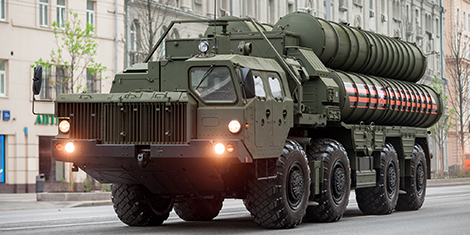
This article was originally published by War on the Rocks on 5 September 2019.
America’s strategy community has a problem that it likes to call “A2/AD,” and while the symptoms are very real, in the case of Russia strategists and planners have largely misdiagnosed the nature of the challenge. Anti-access and area denial, commonly known as A2/AD, is more than another defense community buzzword: It has become a deeply rooted way of talking about the military capabilities of adversaries that the United States considers to be relative peers. The term has enjoyed great utility as short-hand for a select grouping of adversary capabilities that pose major problems to America’s preferred way of conducting combat operations (unrestricted and uncontested). But when applied to Russia, the “A2/AD” frame has become dangerously misleading. Over time, anti-access and area denial has evolved from a vehicle for useful conversations about Russian conventional capabilities to a vision of a Russian doctrine or strategy for warfighting that frankly does not exist. The result is a general misreading of the Russian military’s operational concepts and strategy for large scale combat operations.

